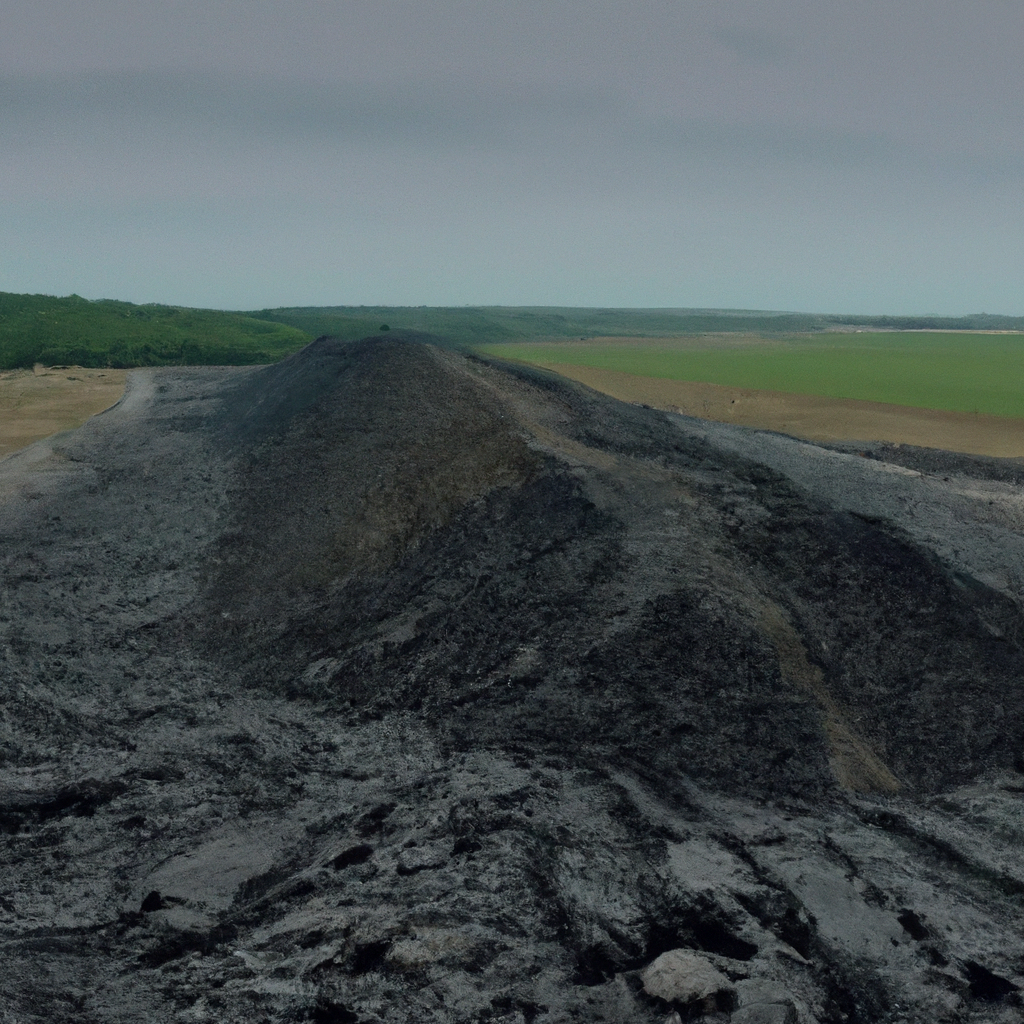Coal is a fossil fuel that is formed from the remains of plants that lived millions of years ago. It is an essential source of energy for various industries, including power generation, cement production, and steel manufacturing. In this article, we will discuss how coal is formed and mined, the different types of coal, coal deposits, coal extraction methods, and the coal industry’s production and reserves.
Coal Formation
Coal is believed to have been formed from the remains of plants that lived in swamps and wetlands millions of years ago. Over time, the remains of these plants were buried under sediment and other materials, and pressure and heat transformed them into coal. The process of coal formation is called coalification, and it involves several stages, including peat formation, lignite formation, bituminous coal formation, and anthracite coal formation.
Peat Formation: This is the first stage of coal formation, and it involves the accumulation of plant debris in waterlogged environments such as bogs and swamps. The plant debris does not decompose completely due to the lack of oxygen, and it accumulates as peat.
Lignite Formation: As more sediment accumulates on top of the peat, it becomes buried, and the pressure and heat increase. This results in the formation of lignite, which is a low-grade coal with a high moisture content.
Bituminous Coal Formation: As the pressure and heat increase further, the lignite is transformed into bituminous coal, which is a higher-grade coal with a lower moisture content.
Anthracite Coal Formation: This is the final stage of coal formation, and it occurs when the pressure and heat are at their highest. Anthracite coal is the highest-grade coal, and it has the highest carbon content and the lowest moisture content.
Types of Coal
There are four main types of coal, and they are classified based on their carbon content, moisture content, and heating value. The four types of coal are:
Anthracite Coal: This is the highest-grade coal, and it has a carbon content of 86% to 97%. It has a low moisture content and a high heating value, making it ideal for heating homes and producing electricity.
Bituminous Coal: This is the most abundant type of coal, and it has a carbon content of 45% to 86%. It has a higher moisture content than anthracite coal, but it still has a high heating value.
Sub-Bituminous Coal: This type of coal has a carbon content of 35% to 45%, and it has a higher moisture content than bituminous coal. It is primarily used for power generation.
Lignite Coal: This is the lowest-grade coal, and it has a carbon content of 25% to 35%. It has the highest moisture content and the lowest heating value, making it suitable for power generation.
Coal Deposits
Coal deposits are found all over the world, and they are generally located in areas that were once swamps or wetlands. The largest coal deposits are found in the United States, Russia, China, India, and Australia. Coal deposits are classified based on their rank, which is determined by their carbon content and heating value. The four ranks of coal deposits are:
Anthracite Coal: This is the highest rank of coal, and it is found in only a few places in the world, including Pennsylvania in the United States.
Bituminous Coal: This is the most abundant rank of coal, and it is found in many parts of the world, including the United States, Russia, and China.
Sub-Bituminous Coal: This rank of coal is found in many parts of the world, including the United States, Australia, and Indonesia.
Lignite Coal: This is the lowest rank of coal, and it is found in many parts of the world, including Germany, Poland, and the United States.
Coal Extraction
Coal mining is the process of extracting coal from the ground. There are two main methods of coal extraction, and they are:
Surface Mining: This method is used when the coal deposits are located near the surface of the earth. It involves the removal of the topsoil and other materials to access the coal seams. The two types of surface mining are strip mining and open-pit mining.
Underground Mining: This method is used when the coal deposits are located deep underground. It involves the excavation of tunnels and the use of heavy machinery to extract the coal.
Coal Industry
The coal industry is a vital sector of the global economy, and it provides employment for millions of people around the world. The top coal-producing countries are China, the United States, India, Australia, and Indonesia. In 2020, the world’s total coal production was approximately 7.4 billion metric tons.
Coal Reserves and Resources
Coal reserves are the amount of coal that is economically recoverable, while coal resources are the total amount of coal in the ground, including reserves and undiscovered deposits. The coal reserves and resources vary by country, and they are influenced by factors such as geology, technology, and economics. The countries with the largest coal reserves are the United States, Russia, China, India, and Australia.
Conclusion
In conclusion, coal is formed from the remains of plants that lived millions of years ago. The process of coal formation involves several stages, including peat formation, lignite formation, bituminous coal formation, and anthracite coal formation. There are four main types of coal, and they are classified based on their carbon content, moisture content, and heating value. Coal deposits are found all over the world, and they are generally located in areas that were once swamps or wetlands. Coal mining involves surface mining and underground mining, and the coal industry is a vital sector of the global economy. The coal reserves and resources vary by country, and they are influenced by factors such as geology, technology, and economics.







